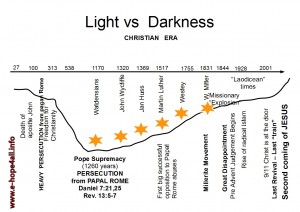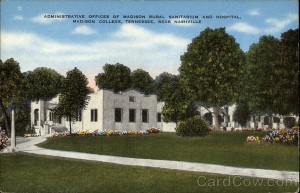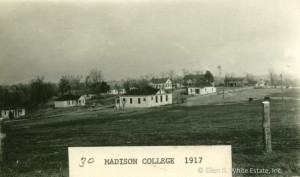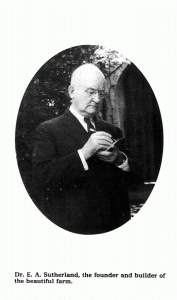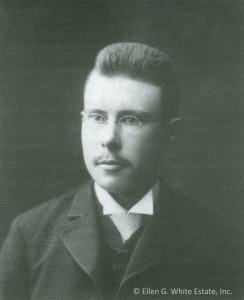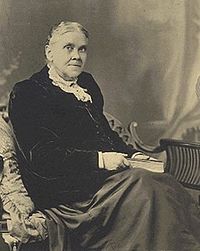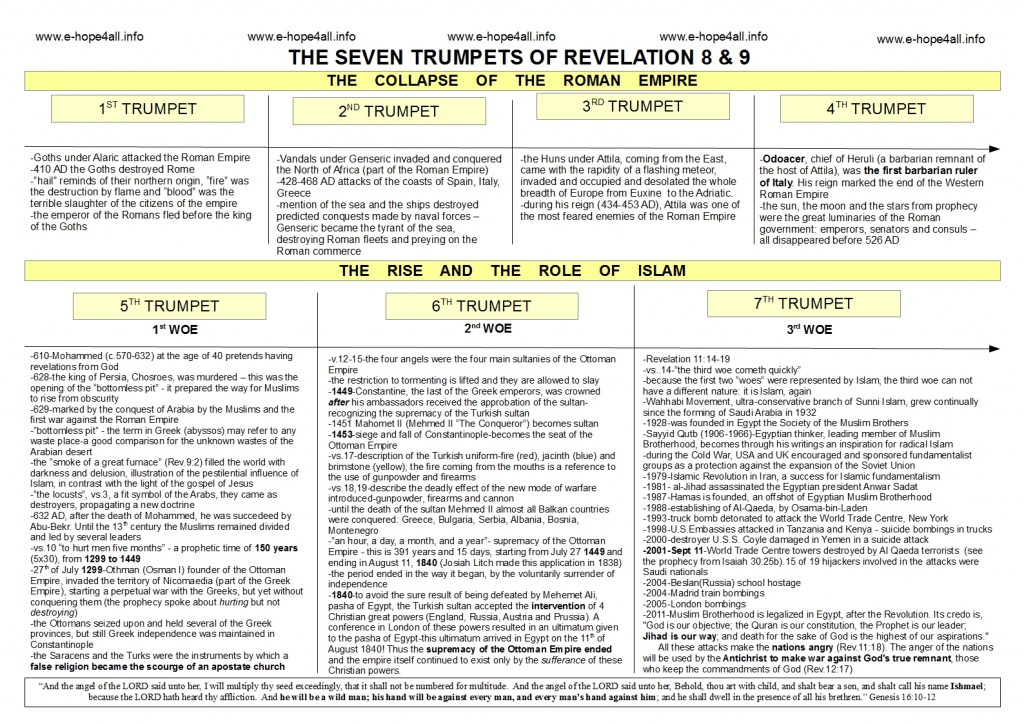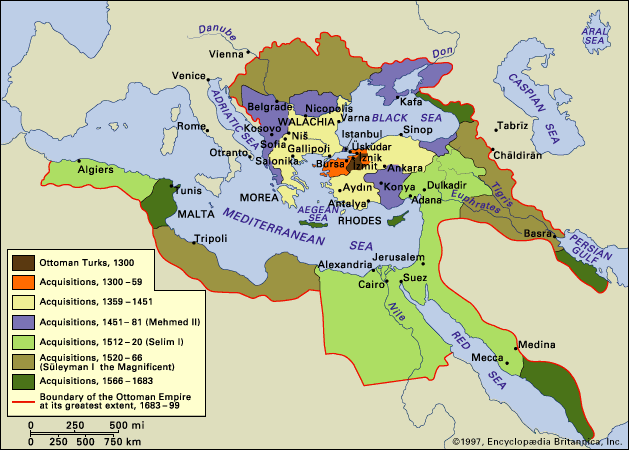The schools of the prophets were established by the prophet Samuel. The first mention of the “sons of the prophets”, as all the young men educated that way were called, we find it in 1 Samuel 10, when Saul is anointed as king. (1 Samuel 10:5) In the days of Samuel there were two schools of the prophets, one in Ramah, where the prophet Samuel lived, and one in Kiryat Yearim, where it was the ark of the covenant. Later on some more schools of the prophets were established in Bethel (2 Kings 2:3), Jericho (2 Regi 2:15), Gilgal (2 Kings 4:38) etc.
“Fathers and mothers in Israel became indifferent to their obligation to God, indifferent to their obligation to their children. Through unfaithfulness in the home, and idolatrous influences without, many of the Hebrew youth received an education differing widely from that which God had planned for them. They learned the ways of the heathen.
To meet this growing evil, God provided other agencies as an aid to parents in the work of education. From the earliest times, prophets had been recognized as teachers divinely appointed. In the highest sense the prophet was one who spoke by direct inspiration, communicating to the people the messages he had received from God. But the name was given also to those who, though not so directly inspired, were divinely called to instruct the people in the works and ways of God. For the training of such a class of teachers, Samuel, by the Lord’s direction, established the schools of the prophets.
These schools were intended to serve as a barrier against the wide-spreading corruption, to provide for the mental and spiritual welfare of the youth, and to promote the prosperity of the nation by furnishing it with men qualified to act in the fear of God as leaders and counselors. To this end, Samuel gathered companies of young men who were pious, intelligent, and studious. These were called the sons of the prophets…” (Education, 45-46)
Elijah and Elisha were used by God in a very impressive way to stop the wave of general apostasy and to help many Israelites to return to the true and only God.
“For several years after the call of Elisha, Elijah and Elisha labored together, the younger man daily gaining greater preparedness for his work. Elijah had been God’s instrument for the overthrow of gigantic evils…
During these years of united ministry, Elijah from time to time was called upon to meet flagrant evils with stern rebuke…
The schools of the prophets, established by Samuel, had fallen into decay during the years of Israel’s apostasy. Elijah re-established these schools, making provision for young men to gain an education that would lead them to magnify the law and make it honorable. Three of these schools, one at Gilgal, one at Bethel, and one at Jericho, are mentioned in the record.…
The heart of Elijah was cheered as he saw what was being accomplished by means of these schools. The work of reformation was not complete, but he could see throughout the kingdom a verification of the word of the Lord, “Yet I have left Me seven thousand in Israel, all the knees which have not bowed unto Baal.” “(1 Împăraţi 19, 18) (PK 224-225)
“Just before Elijah was taken to heaven, he visited the schools of the prophets, and instructed the students on the most important points of their education. The lessons he had given them on former visits, he now repeated, impressing upon the minds of the youth the importance of letting simplicity mark every feature of their education. Only in this way could they receive the mold of heaven, and go forth to work in the ways of the Lord. If conducted as God designs they should be, our schools in these closing days of the message will do a work similar to that done by the schools of the prophets.” (FE 512)
“Like the Saviour of mankind, of whom he was a type, Elisha in his ministry among men combined the work of healing with that of teaching. Faithfully, untiringly, throughout his long and effective labors, Elisha endeavored to foster and advance the important educational work carried on by the schools of the prophets. In the providence of God his words of instruction to the earnest groups of young men assembled were confirmed by the deep movings of the Holy Spirit, and at times by other unmistakable evidences of his authority as a servant of Jehovah.” (PK 240)
The Schools of the Prophets And Their Curriculum
“The chief subjects of study in these schools were the law of God, with the instruction given to Moses, sacred history, sacred music, and poetry. In the records of sacred history were traced the footsteps of Jehovah. The great truths set forth by the types in the service of the sanctuary were brought to view, and faith grasped the central object of all that system—the Lamb of God, that was to take away the sin of the world. A spirit of devotion was cherished. Not only were the students taught the duty of prayer, but they were taught how to pray, how to approach their Creator, how to exercise faith in Him, and how to understand and obey the teachings of His Spirit. Sanctified intellect brought forth from the treasure house of God things new and old, and the Spirit of God was manifested in prophecy and sacred song“. (Education 47)
“The art of sacred melody was diligently cultivated. No frivolous waltz was heard, nor flippant song that should extol man and divert the attention from God; but sacred, solemn psalms of praise to the Creator, exalting His name and recounting His wondrous works. Thus music was made to serve a holy purpose, to lift the thoughts to that which was pure and noble and elevating, and to awaken in the soul devotion and gratitude to God.” (FE 97)
“The Holy Spirit is greatly needed in our schools. This divine agency comes to the world as Christ’s representative. It is not only the faithful and true witness of the Word of God, but it is the searcher of the thoughts and purposes of the heart. It is the source to which we must look for efficiency in the restoration of the moral image of God in man. The Holy Spirit was eagerly sought for in the schools of the prophets; its transforming influence was to bring even the thoughts into harmony with the will of God, and establish a living connection between earth and heaven.” (FE p.526)
The Schools of the Prophets and the principle of self-supporting
“The pupils of these schools sustained themselves by their own labor in tilling the soil or in some mechanical employment. In Israel this was not thought strange or degrading; indeed, it was regarded as a sin to allow children to grow up in ignorance of useful labor. Every youth, whether his parents were rich or poor, was taught some trade. Even though he was to be educated for holy office, a knowledge of practical life was regarded as essential to the greatest usefulness. Many, also, of the teachers supported themselves by manual labor“. (Ed 47)
The Schools of the Prophets – The qualification of the teachers
“The instructors were not only versed in divine truth, but had themselves enjoyed communion with God, and had received the special endowment of His Spirit. They had the respect and confidence of the people, both for learning and for piety.” (Education 46)
The Schools of the prophets in the time of Jesus
In those times there were no real schools of the prophets anymore. In the first century, the education the young people received was no more the one from the old schools of the prophets. There were schools, of course, religious schools, organized around all the synagogues and around the Temple, the equivalent of the modern so called Christian schools. The Jews considered them schools of the prophets, as we try to say the same about our Christian schools. The name, the label seemed to be the same, but the content and methodology of education were changed, they were not the same any more. And they are not the same today. Jesus’ disciples, most of them, if not all, did not study in those schools.
“Seven of the disciples were in company. They were clad in the humble garb of fishermen; they were poor in worldly goods, but rich in the knowledge and practice of the truth, which in the sight of Heaven gave them the highest rank as teachers. They had not been students in the schools of the prophets [as the Jewish schools of the day were still called], but for three years they had been taught by the greatest Educator the world has ever known. Under His instruction they had become elevated, intelligent, and refined, agents through whom men might be led to a knowledge of the truth.” (DA 809)
“The child Jesus did not receive instruction in the synagogue schools [called also the schools of the prophets]. His mother was His first human teacher. From her lips and from the scrolls of the prophets, He learned of heavenly things. The very words which He Himself had spoken to Moses for Israel He was now taught at His mother’s knee. As He advanced from childhood to youth, He did not seek the schools of the rabbis. He needed not the education to be obtained from such sources; for God was His instructor.” (DA 70)
Our Lord Jesus was never sent to any of the Jewish religious schools from His time. And this was not because Mary and Joseph or Himself were exclusivists, but because the education you could receive in those times from the established schools didn’t follow God’s plan. John the Baptist’ parents were led by the Holy Spirit to make the same choice for the education of their son, because of the same reasons. Their example is inspirational for our times: when the existing schools don’t follow carefully God’s plan about education, the healthiest choice is to home educate your child. In reality the first option should be home education. (you can read here more about Christian Home Education (a pdf file) ).
The Schools of the Prophets and modern Christian education
“In all our churches there should be schools, and teachers in these schools who are missionaries. It is essential that teachers be trained to act well their part in the important work of educating the children of Sabbath keepers, not only in the sciences, but in the Scriptures. These schools, established in different localities and conducted by God-fearing men or women, as the case demands, should be built on the same principles as were the schools of the prophets… It is of the greatest importance that church schools shall be established, to which the children may be sent and still be under the watch care of their mothers and have opportunity to practice the lessons of helpfulness that it is God’s design they shall learn in the home….” (Child Guidance 306)
“Then when I look upon the scenes presented before me; when I consider the schools established in different places, and see them falling so far below anything like the schools of the prophets, I am distressed beyond measure. The physical exercise was marked out by the God of wisdom. Some hours each day should be devoted to useful education in lines of work that will help the students in learning the duties of practical life, which are essential for all our youth. But this has been dropped out, and amusements introduced, which simply give exercise, without being any special blessing in doing good and righteous actions, which is the education and training essential.
The students, every one, need a most thorough education in practical duties. The time employed in physical exercise, which, step by step, leads on to excess, to intensity in the games and the exercise of the faculties, ought to be used in Christ’s lines, and the blessing of God would rest upon them in so doing. All should go forth from the schools with educated efficiency, so that when thrown upon their own resources, they would have a knowledge they could use which is essential to practical life. The seeking out of many inventions to employ the God-given faculties most earnestly in doing nothing good, nothing you can take with you in future life, no record of good deeds, of merciful actions, stands registered in the book of heaven,—“Weighed in the balances and found wanting.”.” (FE 228)
“Schools should be established, not such elaborate schools as those at Battle Creek and College View, but more simple schools with more humble buildings, and with teachers who will adopt the same plans that were followed in the schools of the prophets. Instead of concentrating the light in one place, where many do not appreciate or improve on that which is given them, the light should be carried into many places of the earth. If devoted, God-fearing teachers of well-balanced minds and practical ideas would go into missionary fields and work in a humble way, imparting that which they have received, God would give His Holy Spirit to many who are destitute of His grace.” 6T 138
“ Our schools are to be more and more efficacious and self-reliant from a human standpoint, more like the schools of the prophets. The teachers should walk very near to God. The Lord calls for strong, devoted, self-sacrificing young men and women who will press to the front and who, after a short time spent in school, will go forth prepared to give the message to the world..” (CT 549)
In the modern history there was a school who started well in imitating the model of the schools of the prophets: Madison Missionary School. Many other self supporting ministries were inspired from the example of Madison. You can see some of them in the following video:





